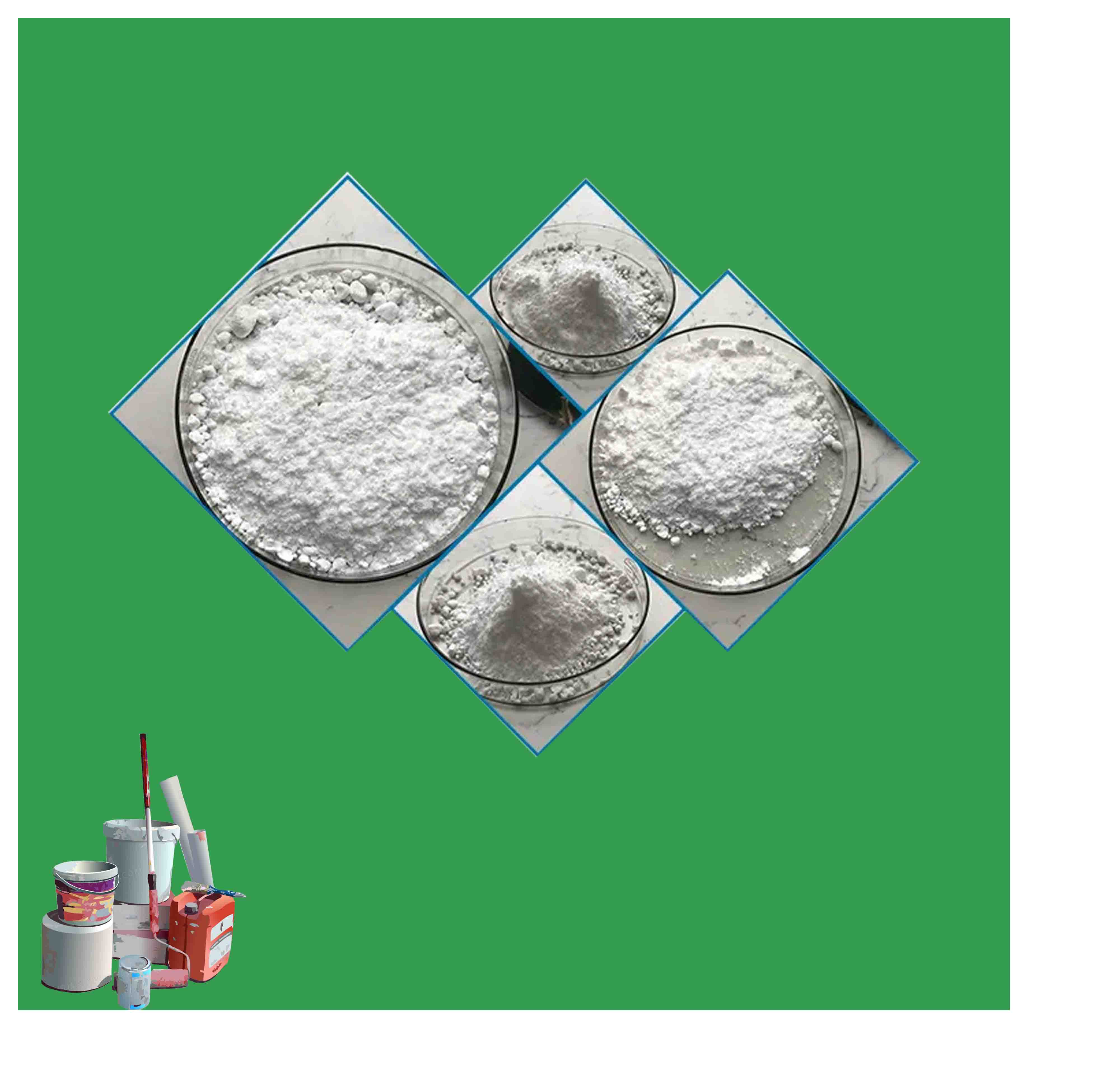
Oct . 30, 2024 21:00 Back to list
anatase rutile
The Significance of Anatase and Rutile A Comparative Exploration
In the world of materials science, titanium dioxide (TiO2) reigns as one of the most important compounds due to its versatility and unique properties. Among the various crystalline forms of titanium dioxide, anatase and rutile are the two most prevalent polymorphs, each exhibiting distinct characteristics that determine their application in different industries. Understanding the differences and similarities between these two forms is crucial for enhancing their utilization in various fields such as photocatalysis, solar energy conversion, and pigment production.
The Significance of Anatase and Rutile A Comparative Exploration
On the contrary, rutile, with its increased stability, is often preferred in the production of pigments. The intense whiteness and opacity of rutile make it an ideal choice for applications in coatings, plastics, and inks, ensuring vibrant coloration and lasting durability. In the pigment industry, rutile’s resistance to photodegradation makes it highly sought after for outdoor applications, where exposure to sunlight could cause other compounds to fade.
anatase rutile

Interestingly, the occurrence of these two forms can vary based on geological conditions. Anatase tends to form under low temperature and low-pressure conditions, while rutile generally crystallizes at higher temperatures and pressures. This distinction not only influences their natural occurrences but also impacts the methods through which they can be synthesized in laboratory settings. For example, synthetic anatase can be produced through sol-gel processes, whereas rutile is often derived from high-temperature treatments of titanium ores.
Despite their differences, anatase and rutile share a common ground in some applications, particularly in the field of photocatalysis and solar cells. Recent advances in research have demonstrated that a mixture of both forms can enhance photocatalytic activity, combining the high surface area of anatase with the stability of rutile. This synergy opens new avenues for developing more efficient photocatalytic systems that can harness solar energy for sustainable applications, such as hydrogen production and CO2 reduction.
The environmental implications of utilizing anatase and rutile are also significant. As industries strive for greener technologies, the ability to harness these materials for photocatalytic applications offers potential pathways for mitigating pollution and enhancing energy efficiency. Furthermore, ongoing research into the formation and synthesis of these polymorphs continues to unveil novel methods for improving performance and reducing costs.
In conclusion, anatase and rutile are not merely two forms of titanium dioxide; they represent a realm of possibilities for advancing technology in a sustainable manner. Their unique properties dictate their applications across various industries, and understanding their differences is key for harnessing their full potential. As the pursuit of innovative solutions for environmental challenges persists, the relevance of anatase and rutile will undoubtedly endure, making them subjects of continued study and application.
-
Essential Guide to Calcium Powder Quotes – Pricing, Quality & Global Insights
NewsNov.24,2025
-
Reliable Anatase TiO2 Pigment Quotes for Sustainable Industry Use | CQ Titanium Dioxide
NewsNov.24,2025
-
Understanding Lithopone B311 Powder Quotes – Market Insights & Applications
NewsNov.23,2025
-
Reliable 30-50nm TiO2 Powders Quotes for Advanced Industrial Use | CQTitanium
NewsNov.23,2025
-
Comprehensive Guide on Lithopone Red Pigments Quotes | Industry Insights & Pricing
NewsNov.22,2025
-
Comprehensive Insights into the Lithopone Market: Global Trends & Applications
NewsNov.22,2025
